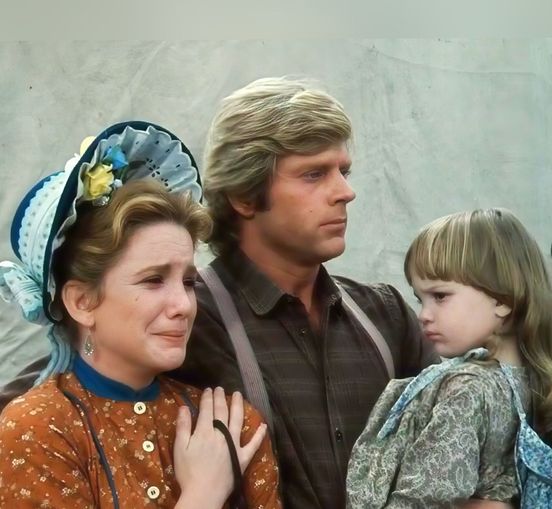This song describes Christians marching as spiritual soldiers, following the cross of Jesus. The letter emphasizes the unity and strength of the Christian community, moving forward together in faith and facing trials with courage and determination.
The lyrics were written by Sabine Baring-Gould in 1865 and the music composed by Arthur Sullivan in 1871.
Originally, the lyrics were written as a processional hymn for children walking from Horbury Bridge to Horbury St. Peter’s Church in Yorkshire, England. Baring-Gould wrote the lyrics in about 15 minutes and later allowed hymn compilers to make some modifications.
The hymn became very popular and was adopted by the Salvation Army as their favorite processional tune. In addition, it has been used in several important historical contexts.
Personally, I find it very emotional to see the entire community of Walnut Grove, with the town in ruins, walk together in the final procession.
MELISSA GILBERT REPORTED:
“Between take and take, we told each other stories and each conversation triggered a torrent of tears,” Gilbert wrote in his memoir, Prairie Tale. “One person was telling a story or remembering something, he started crying, and in a matter of seconds, two hundred of us were crying. Every time a person cried, we all cried. And I mean everybody: actors, makeup artists, costume designers, machinists, electricians, cowboys. It was like that all day.”

After a long and hearty steak and lobster lunch, Gilbert and the rest of the cast filmed the final take: “All of us walking out of town from church while singing ‘Come on, Christian Soldiers’.”
While it certainly matched the final moment, Gilbert would have ended the movie on a different note.
“I would have chosen “”The Long and Winding Road”” but John Lennon and Paul McCartney hadn’t written it yet in the 19th century.”.
REVEREND ALDEN:
Dear Lord, today we lay a friend to rest. This town has been our friend. He has made us a family…
OUR PEOPLE DID NOT DIED IN VAIN!
